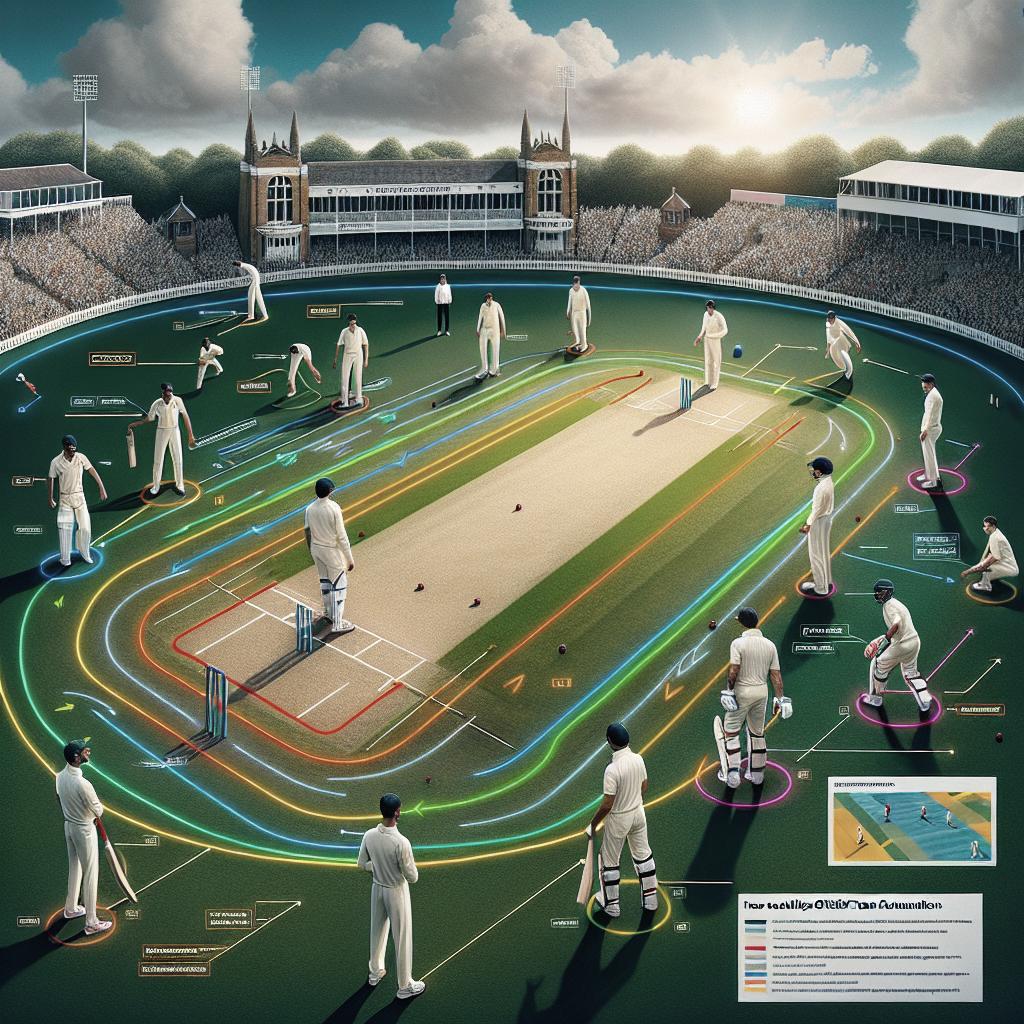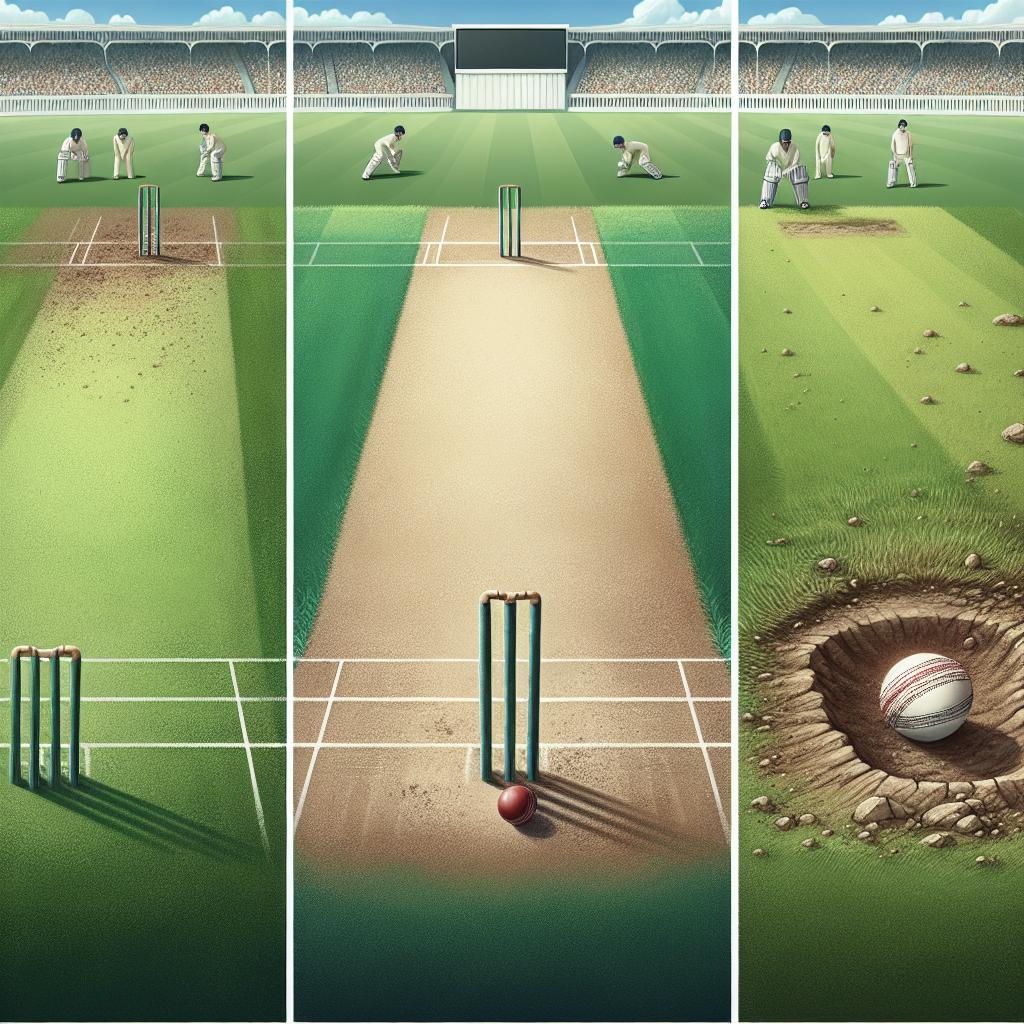<>
Analyzing cricket team formations is a crucial aspect of understanding the strategies deployed by teams in various formats of the game. From monitoring scores to examining performance metrics, each facet provides a deeper insight into how teams operate and succeed. This comprehensive guide will cover essential components such as the score, the scorecard, useful charts, averages and rankings, key records, and the importance of keeping score. By delving into these elements, you can elevate your understanding of cricket analytics and gain a better grasp of the strategies behind forming a winning team. Whether you’re a cricket enthusiast, an aspiring analyst, or just a curious learner, this blog post will equip you with the tools to analyze cricket team formations effectively.
The Score
In cricket, the score is the most fundamental metric. It tells you how many runs a team has scored or how many wickets have fallen. A detailed analysis of the score can reveal a lot about a team’s strategy. For instance, a high score in fewer overs usually indicates aggressive batting, while a low score in many overs might suggest a defensive strategy. Understanding the score also involves following the match situation—knowing how many runs are required, how many overs are left, and how the current run rate compares to the required run rate. This dynamic aspect can provide deeper insights into a team’s approach, such as when and why they choose to accelerate or decelerate their scoring pace. Moreover, attention to scores across different innings (in test matches) or between batting and bowling innings (in limited-overs cricket) allows analysts to make strategic evaluations about a team’s performance under various conditions. These observations can be instrumental in identifying patterns and making predictions.
The Scorecard
A scorecard is a detailed summary of all the necessary stats about a match. It includes information about each player’s performance, such as runs scored, balls faced, wickets taken, and overs bowled. By analyzing the scorecard, you can identify the key contributors to a team’s performance. For instance, the scorecard helps highlight top batsmen and bowlers, showing who impacted the game’s outcome the most. This is crucial for forming team strategies, such as batting line-up arrangements or bowler rotations, based on player performance trends. Beyond individual contributions, the scorecard can also show partnerships and collapses—crucial junctures where runs flow freely or wickets tumble. These metrics help in understanding the dynamics of the game and can aid in making strategic adjustments for future matches.
Useful Charts
Charts and graphs are invaluable tools for visualizing data in cricket. They can depict run rates, scoring patterns, wicket distributions, and other statistics that may not be immediately obvious from raw numbers. Run rate graphs, for example, can show how a team’s approach evolves during the innings, highlighting periods of dominance or struggle. Similarly, wagon wheels and pitch maps provide detailed insights into individual batting and bowling performances, shedding light on scoring zones and bowling tactics. Performance charts can also track the progression of a match, showing how momentum shifts over time. Such visual aids make the analysis more intuitive and can be extremely helpful for coaches and players in understanding and improving their strategies.
Averages and Rankings
Averages and rankings are key metrics in assessing individual and team performances. Batting averages, calculated by dividing total runs by the number of times a player gets out, offer a snapshot of a batsman’s consistency. Similarly, bowling averages—runs conceded divided by wickets taken—indicate a bowler’s effectiveness. Rankings go a step further by comparing players on a global scale, providing a balanced perspective on where individuals or teams stand in various formats. Player rankings in batting, bowling, and all-round performance categories help in understanding the competitive landscape. Additionally, team rankings provide insights into overall team performance and consistency. These metrics can be crucial when forming teams, setting strategies, and even predicting match outcomes.
Key Records
Keeping track of key records is essential for a comprehensive analysis of cricket team formations. These records often include milestones like centuries, five-wicket hauls, and records for highest scores or best bowling figures. Such achievements are pivotal in shaping team strategies and formations. Records also help in identifying match-winners and pivotal players who can turn the tide of a game. Analyzing records over time provides trends and patterns that teams can exploit to their advantage, like knowing which players excel under certain conditions or against particular opponents. Moreover, key records also highlight areas for improvement. By focusing on records where a team or player has historically underperformed, coaches and analysts can better pinpoint weaknesses and devise tailored strategies for enhancement.
Keeping Score
Accurate scorekeeping is fundamental to any analysis. With the advent of digital scoreboards and scoring apps, keeping score has become more precise and allows for real-time analysis. These tools capture intricate details like ball-by-ball data, scoring patterns, and even player movement. Scorekeeping is not just about tallying runs and wickets; it’s also about capturing critical match moments, like dropped catches, missed run-outs, and other game-changing events. Such detailed scorekeeping provides a comprehensive view of the match, aiding in a thorough post-game analysis. Furthermore, keeping score accurately helps maintain historical data, which is invaluable for comparing performances across games, seasons, and even eras. This continuity in data helps in tracking progress, assessing long-term strategies, and making informed decisions in team formations.
Future Prospects
The continuous evolution in data analytics and technology presents exciting future prospects for cricket team formation analysis. With the increasing use of machine learning and artificial intelligence, predictions and strategic insights are becoming more sophisticated and accurate. Advanced metrics and real-time data processing offer deeper insights into player performance, game conditions, and opponents’ tactics, helping teams fine-tune their formations and strategies. Embracing these innovations could revolutionize how cricket is played and analyzed, potentially leading to more dynamic and competitive matches. As teams and analysts become more adept at leveraging these tools, the depth and accuracy of cricket analysis will continue to expand, providing fans with a richer, more nuanced understanding of the game. “`
| Aspect | Description |
|---|---|
| The Score | Fundamental metric indicating runs scored or wickets fallen; analysis of match situations based on scores. |
| The Scorecard | Detailed summary of player performances and partnerships, critical for strategy formulation. |
| Useful Charts | Visualization tools like run rate graphs, wagon wheels, and pitch maps that offer intuitive insights. |
| Averages and Rankings | Key performance metrics for players and teams, crucial for assessing consistency and effectiveness. |
| Key Records | Milestones and achievements that shape team strategies and identify key players. |
| Keeping Score | Accurate scorekeeping capturing intricate game details, aiding in comprehensive analysis. |
“`


